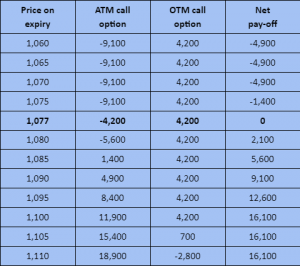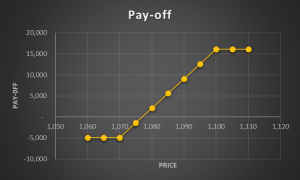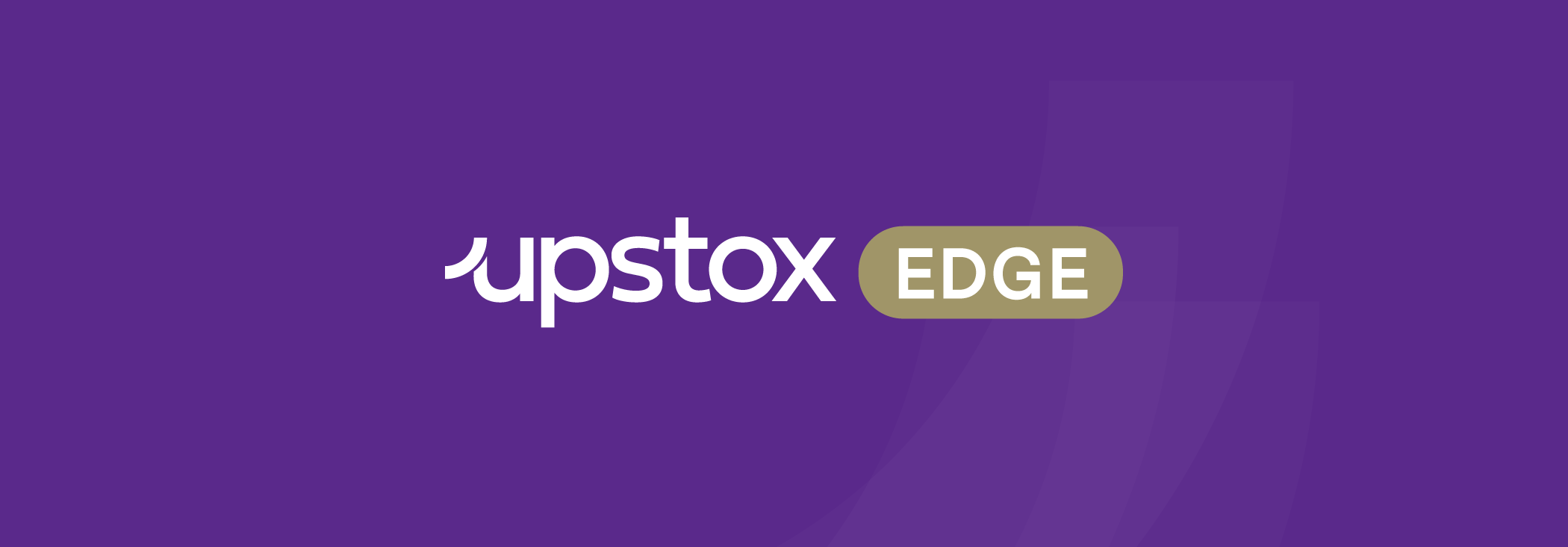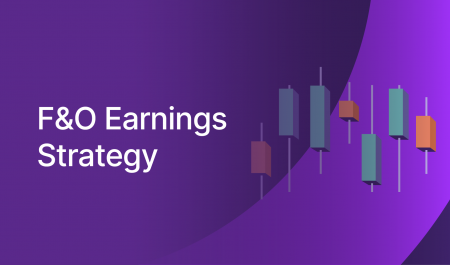A bull call spread is an options strategy that traders implement when they have a moderately bullish view on a stock or an index. In this strategy, a trader buys an ATM (at-the-money) call option and sells an OTM (out-of-the-money) call option as a hedge.
Let’s see how this strategy works.
Derivatives build-up
In the recent market fall, shares of Mahindra & Mahindra (M & M) corrected more than 8% from its early-June high of ₹1,057. It has now bounced back to the ₹1,072 level.
The June options data of M & M shows a significant base of more than 20.4 lakh contracts at 1,100 call option strike, suggesting that the stock may face resistance at this point. This is nearly 2.5% higher than the current price of ₹1,072.
Action
Traders having a moderately bullish view on the stock can initiate a bull call spread strategy that combines long and short call option positions.
For instance, a trader can initiate a long position in ATM (at-the-money) call option of 1,070 strike price (June expiry) at ₹13 and short an OTM (out-of-the-money) call option of 1,100 strike price (June expiry) at ₹6, as a hedge.
The lot size of M & M’s F&O contract is 700 shares per lot.
Let’s understand this strategy with the help of a pay-off table and graph.
Pay-off table

Note: The table illustrated here is for better understanding and educational purposes only.
Pay-off graph

Note: The graph illustrated here is for better understanding and educational purposes only.
Breakeven point
It is a point or a price where a trader incurs no-profit-no-loss after deploying this strategy. Here, the breakeven point is ₹1,077. It is calculated by adding the net premium paid (₹13 - ₹6 = ₹7) to the ATM (at-the-money) call option strike price (1,070).
Scenario 1: Price moves from ₹1,077 to ₹1,100
Now, closer to the expiry, if the stock moves higher and closes at ₹1,100, the trader will make a total profit of ₹16,100 (Profit on long call option: (₹17 * 700 = ₹11,900) + profit on short call option: (₹6 * 700 = ₹4,200).
As you can see in the pay-off table, above ₹1,100, the profit is capped at ₹16,100.
Scenario 2: Price falls below ₹1,077
In case the stock falls below the breakeven point of this strategy, i.e. ₹1,077, then the strategy will start incurring a loss. The total loss of the trader is limited to the net premium paid of ₹4,900 (₹7 * 700).
Scenario 3: Price remains at ₹1,077
At this point, the trader will neither have incurred a profit nor a loss, as the net premium (₹7) paid will be recovered by the 1,070 strike price call option, which will have a premium of ₹7.
We hope this strategy was simple and easy to understand. We’ll be coming up with many strategies that will help you identify trade setups easily.
Until then, happy trading!
About the author: Kush Bohra is a SEBI-registered investment advisor (INA000008525) and an F&O expert.
Disclaimer
Derivatives trading must be done only by traders who fully understand the risks associated with them and strictly apply risk mechanisms like stop-losses.
We do not recommend any particular stock. The stock names mentioned in this article are purely for showing how to do analysis. Take your own decision before investing.


